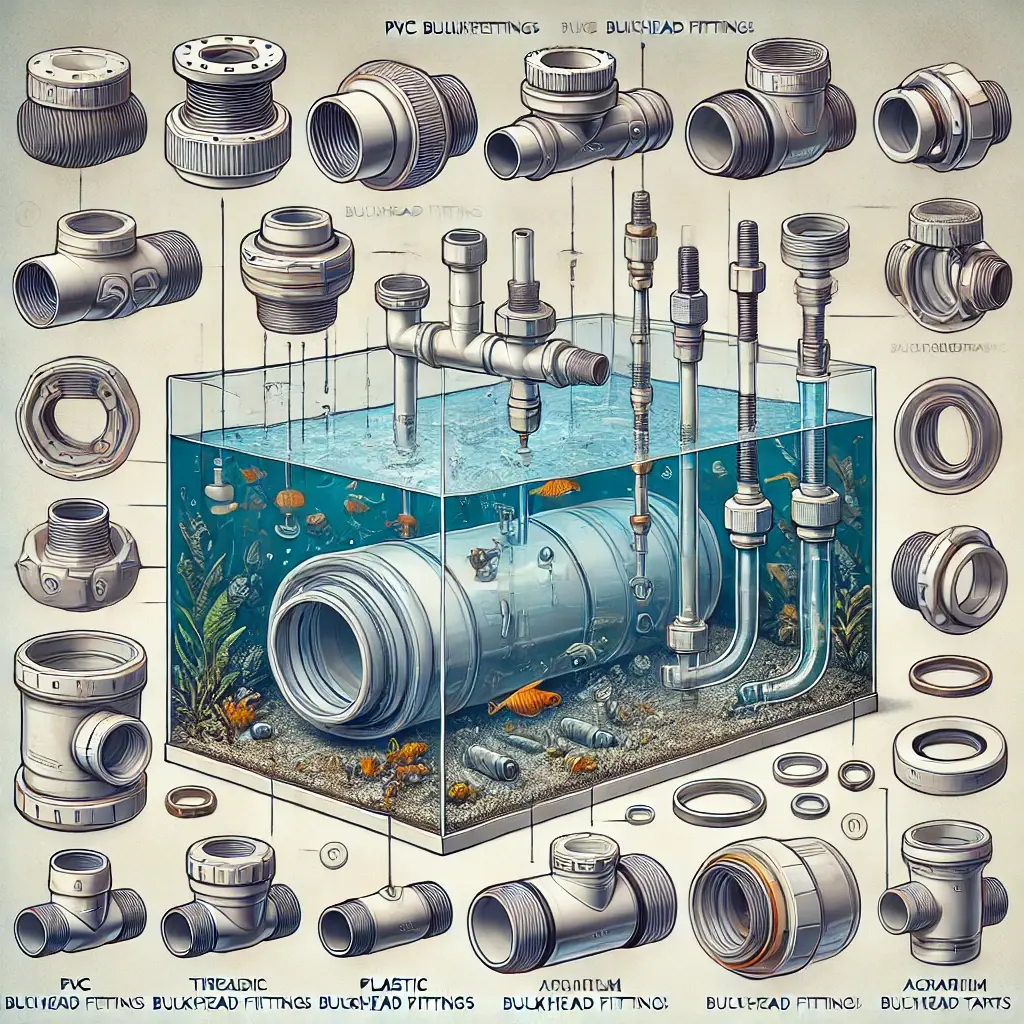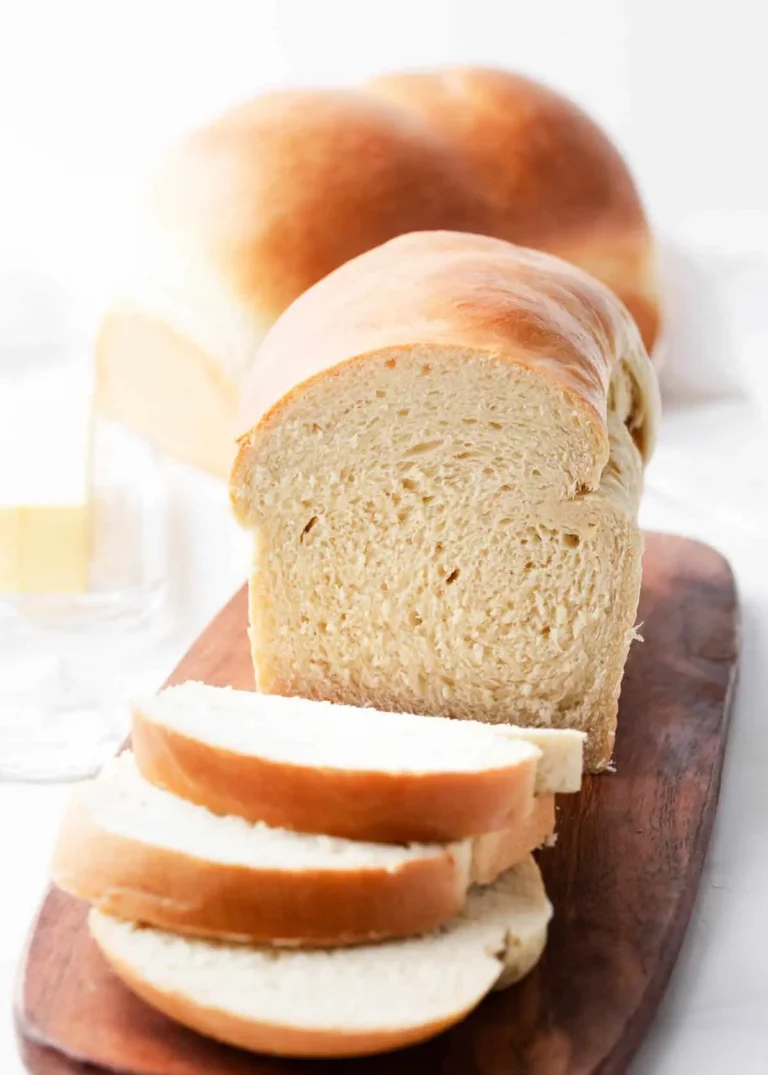Bulkhead Fitting: The Essential Guide to Installation, Types, and Applications

Bulkhead fitting play a crucial role in many industries, from plumbing to aquariums. They allow for safe and efficient connections through tank walls, ensuring a leak-proof seal. Whether you’re working with water tanks, plumbing systems, or aquarium setups, understanding the different types and applications of bulkhead fittings is essential for a reliable installation.
In this comprehensive guide, we’ll dive into everything you need to know about bulkhead fittings, including their types, installation methods, and specific applications. We’ll also cover important subtypes, like PVC bulkhead fittings, and answer common questions to help you make informed decisions.
What is a Bulkhead Fitting?
A bulkhead fitting is a connector that passes through a hole in a tank, wall, or bulkhead. It creates a watertight seal and is often used in tanks, plumbing systems, or anywhere fluids or gases must transfer between sections. It ensures no leaks at the connection point, maintaining the system’s efficiency.
Common Types of Bulkhead Fittings
When choosing a bulkhead fitting, the material and design are essential considerations. Here are some of the common types:
1. PVC Bulkhead Fitting
Polyvinyl Chloride, a strong and durable plastic, forms PVC bulkhead fittings.
These fittings are ideal for corrosive environments and systems dealing with chemicals.
They are resistant to rust and can handle water-based applications, making them perfect for use in both residential and industrial water systems.
2. Plastic Bulkhead Fitting
Plastic bulkhead fittings, including PVC types, are often chosen for lightweight and cost-effective systems.
They offer excellent resistance to chemicals and corrosion, though they may not be as durable as metal fittings under extreme conditions.
3. Threaded Bulkhead Fitting
Threaded bulkhead fittings come with external or internal threads, allowing for a tighter connection.
You often prefer these when directly connecting pipes or hoses, ensuring no leakage at the joint.
4. Aquarium Bulkhead Fitting
An aquarium bulkhead fitting is specifically designed for fish tanks.
It allows for easy water flow through the tank without leaks, ensuring water stays inside the tank.
5. Bulkhead Union Fitting
This type allows two pipes to be connected through a barrier, like a tank wall, without the need for external fittings.
It’s often used in plumbing systems, ensuring fluid flow while maintaining structural integrity.
Bulkhead Fitting Installation
Installing a bulkhead fitting is relatively straightforward if you follow the correct steps. Below is a quick step-by-step guide to ensure a leak-proof installation:
- Drill a Hole
The first step in installing a bulkhead fitting is to drill an appropriately sized hole in the wall of the tank or surface. Make sure the hole is the correct size for your specific fitting. - Clean the Surface
Ensure the hole and surrounding area are clean and free of any debris. This will ensure a tight seal between the fitting and the surface. - Insert the Fitting
Insert the bulkhead fitting into the hole. Make sure the gasket (a rubber or silicone sealing ring) is placed on the side .That will be exposed to the liquid to prevent leaks. - Tighten the Nut
Tighten the nut on the fitting, ensuring it’s secure but not overtightened, as this could damage the fitting or the tank surface. - Test for Leaks
Once installed, test the fitting by filling the tank with water and checking for leaks around the fitting.
Bulkhead Fitting Gasket and Seals
The gasket plays a vital role in ensuring the seal between the bulkhead fitting and the tank wall. It is usually made from rubber or silicone. Both of which are durable and flexible materials. Bulkhead fitting seals should always be checked for wear and replaced as needed to avoid leaks.
Applications of Bulkhead Fittings
Bulkhead fittings are used in many industries due to their versatility and reliability. Below are some common applications:
- Water Tanks
In water tanks, bulkhead fittings allow for safe and secure connections through the tank’s wall. A bulkhead fitting for water tanks ensures proper fluid transfer without leaks, preventing water wastage. - Aquariums
Aquarium bulkhead fittings are popular for connecting filtration systems to tanks. They allow water to flow between different compartments without leaking. - Chemical Tanks
PVC bulkhead fittings are often used in tanks storing chemicals because of their resistance to corrosion and rust. These fittings ensure the safe transfer of fluids without damaging the tank. - Plumbing Systems
In plumbing, bulkhead fittings are used to create connections through walls, maintaining the flow of fluids without leakage.
Different Bulkhead Fitting Parts
Bulkhead fittings consist of several components, each of which serves a specific purpose:
- Body: The main part that passes through the tank or wall.
- Nut: This secures the body in place by tightening it from the outside.
- Gasket: A rubber or silicone ring that creates a watertight seal.
- Connector: The part that connects the pipes or hoses to the fitting.
Each of these parts works together to ensure the fitting is secure and leak-free.
Bulkhead Compression Fitting
A bulkhead compression fittings is designed for use in plumbing and water systems where a tight seal is required. It uses compression to create a strong connection between the pipe and fitting, ensuring no leaks even under pressure.
Bulkhead Adapter Fitting
A bulkhead adapter fitting allows for the connection of different types of pipes or hoses. For instance, you may need to connect a threaded pipe to a non-threaded one. The adapter ensures compatibility between different systems, making the installation more versatile.
Advantages of Using Bulkhead Fittings
Bulkhead fittings offer several advantages, including:
- Leak Prevention: A properly installed bulkhead fitting ensures there are no leaks in the system.
- Corrosion Resistance: PVC and plastic bulkhead fittings are highly resistant to corrosion, making them ideal for water and chemical systems.
- Versatility: You can use bulkhead fittings in various applications, ranging from water tanks to aquariums.
- Durability: When installed correctly, bulkhead fittings can last for many years without needing replacement.
Conclusion
Bulkhead fittings are an essential component in various systems, providing a secure and leak-proof connection through walls and tank surfaces. Whether you’re working with a water tank, aquarium, or plumbing system, understanding the different types of bulkhead fittings is crucial for a successful installation.
For long-lasting and reliable performance, always choose the right material, such as PVC for chemical environments or plastic for cost-effective systems. Proper installation, including the use of gaskets and tight connections, ensures the system remains leak-free and operational for years.
5 Frequently Asked Questions (FAQs)
1. Can I use a bulkhead fitting for drinking water systems?
You can often use PVC and plastic bulkhead fittings in drinking water systems because they are safe, durable, and corrosion-resistant.
2. How do I know what size bulkhead fitting to use?
The size of the bulkhead fitting depends on the pipe size and the hole drilled in the tank or surface. Always check the manufacturer’s guidelines.
3. What material is best for bulkhead fittings in corrosive environments?
PVC bulkhead fittings are ideal for corrosive environments as they resist rust and chemical damage.
4. Can bulkhead fittings handle high pressure?
Yes, bulkhead fittings can handle high pressure, especially if you choose threaded or compression types designed for such environments.
5. How do I prevent leaks in bulkhead fittings?
Properly position the gasket, securely tighten the nut, and test the fitting for leaks after installation.






